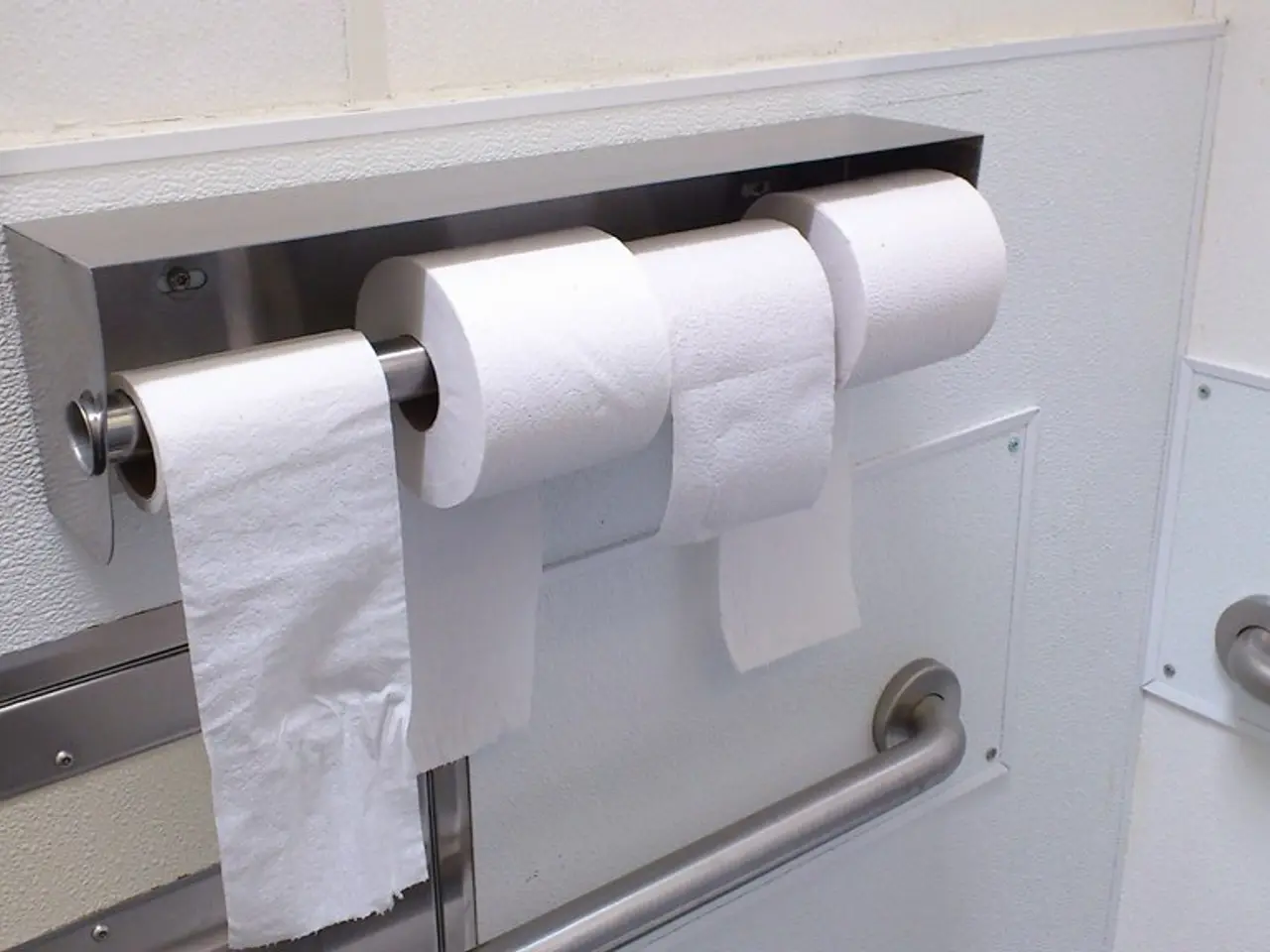Quick-setting, smooth-finish plaster applied in a roll-like form, and the suitable circumstances for its use, as well as instances to steer clear of its application.
Roll-on plaster, a pre-mixed, ready-to-use wall coating, is becoming increasingly popular for interior renovations. This innovative product, applied with a roller, offers a quick and easy solution for achieving smooth, textured, or patterned finishes in a single layer.
Before diving into the application process, it's essential to prepare the walls correctly. Thoroughly cleaning and sanding the walls is necessary for proper adhesion of roll-on plaster. Once the surface is dry, lightly sanding removes any imperfections, ensuring a smooth application.
When it comes to tools, a quality filling blade and roller help spread roll-on plaster evenly. A variety of rollers are available for shopping, including the Texture Pattern Roller Brush, Compound Roller, Wall Brush, Putty Roller, and Application and Cleaning plaster Roller.
However, roll-on plaster is not suitable for high-humidity areas such as bathrooms or kitchens. Maintaining a consistent room temperature and avoiding high humidity during application and drying is crucial for the best results.
Roll-on plaster works best on large, flat surfaces where a smooth finish is required, such as living rooms, bedrooms, and other interior spaces. It is particularly useful for covering textured surfaces like Artex, providing a uniform, modern finish.
When applying roll-on plaster, walls should be dry, stable, and free from structural defects. Expert advice suggests using a Prep Alu Flex Skimming Blade and sealing the surface with Zinsser Gardz before painting for better adhesion.
For damaged and textured walls, a specific roll-on plaster is available in a 2.5l size. For larger projects, a 12.5kg tub of finishing plaster is used as a finish on ProRoll max or plasterboard.
The market offers a range of high-quality roll-on plaster for walls. Manufacturers such as Pictolor (Premium Interior Plaster) and Knauf (EASYFRESH) produce top-tier products. Pictolor Premium-Innenputz, in particular, is frequently rated as a top choice for fine interior roll plaster.
Lastly, painting can be done directly over dry and lightly sanded roll-on plaster after applying a mist coat. Remember, with the right preparation and the right tools, roll-on plaster can transform your interior spaces with ease.
Read also:
- Budget cuts at federal and state levels jeopardize advancements in fighting HIV and AIDS within Dallas County
- Understanding Prediabetes: A Precursory Condition to Diabetes
- Debating the legitimacy of Borderline Schizophrenia as a distinct mental health disorder?
- Strategies for managing osteoporosis sans medication: Key points to remember








